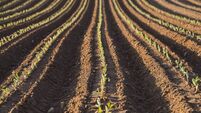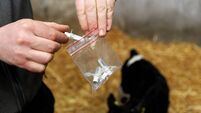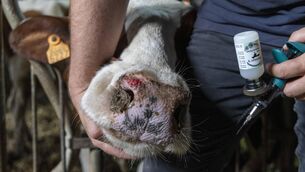Precision farming the way to go
The day a seed is planted is the most important in its life and can have the greatest effect on its potential to deliver.
“Get the crop canopy too thin, with not enough seed, and the crop isn’t intercepting enough sunlight or can’t compete with weeds.










